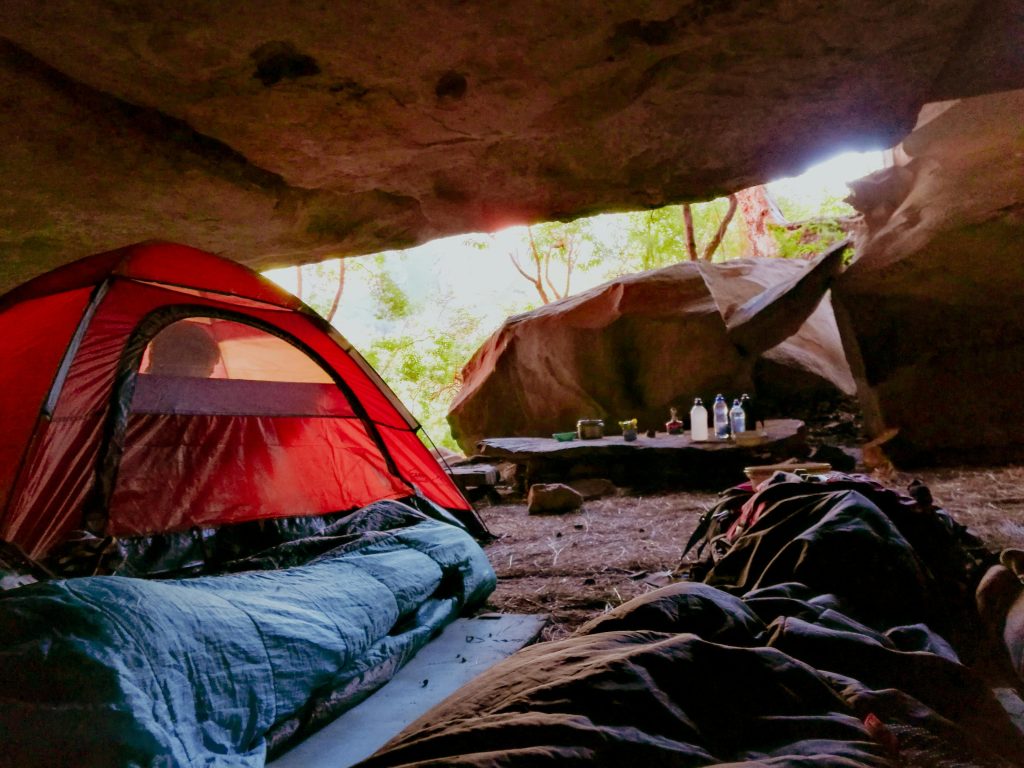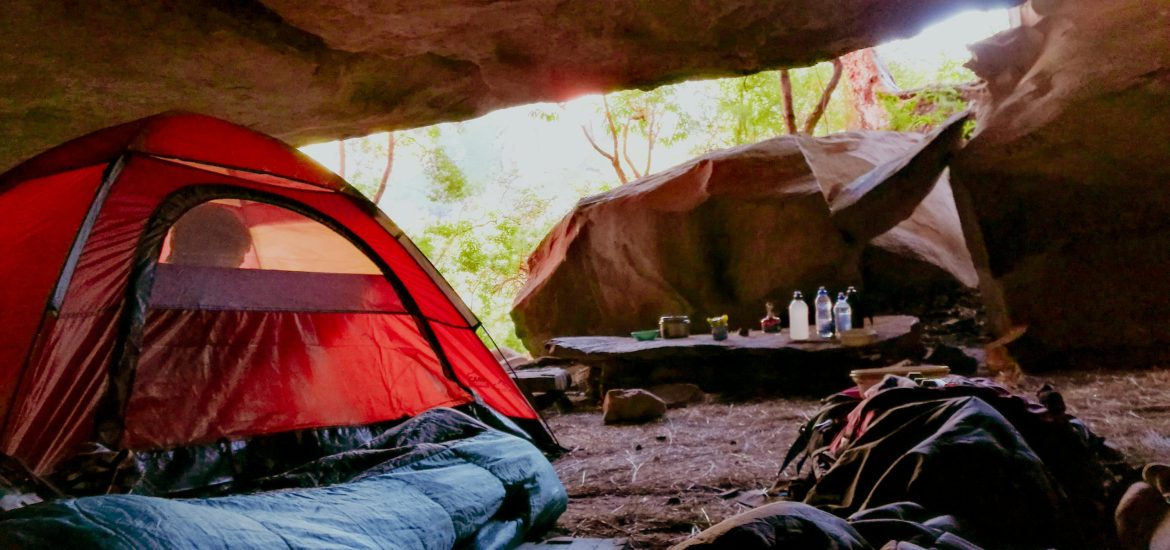
Ever wondered why you still feel cold despite having a quality sleeping bag? Your sleeping pad R-value might be the culprit. Without adequate ground insulation, your camping comfort can be compromised by more than 20 degrees, leaving you shivering through the night instead of resting peacefully.
What exactly is sleeping pad R-value? Simply put, it measures how well your sleeping pad resists heat transfer between your warm body and the cold ground. R-values for sleeping pads typically range from 1 to 7, while thicker camping mattresses can reach double digits. Understanding these numbers is essential because if your sleeping pad has an R-value under 5.38 and your sleeping bag has an EN/ISO-certified temperature rating, you’re unlikely to experience your bag’s full insulation potential. Therefore, consulting a sleeping pad R-value chart before your next purchase could be the difference between a miserable night and a comfortable camping experience.
What is Sleeping Pad R-Value and Why It Matters
R-value is a technical measurement of thermal resistance – the ability of a material to resist heat flow. When applied to sleeping pads, this value indicates how effectively the pad prevents your body heat from transferring to the cold ground beneath you.
In 2020, the outdoor industry standardized this measurement through ASTM F3340-18, making it possible to compare different brands accurately. Previously, manufacturers used various testing methods, creating confusion for consumers trying to compare products.
The standardized test places a sleeping pad between two plates – a warm one (simulating your body) and a cold one (representing the ground). Over four hours, it measures how much energy the top plate uses to maintain 35°C.
R-values for sleeping pads typically range between 1-7, with higher numbers indicating better insulation. The scale is straightforward: a pad with an R-value of 2.0 insulates twice as well as one with an R-value of 1.0.
As a practical guide:
- R-value under 2.0: Suitable for warm weather
- R-value 2.0-3.9: Good for cool weather
- R-value 4.0-5.4: Appropriate for cold weather
- R-value 5.5+: Designed for extreme cold
Additionally, R-values are additive – stacking two pads simply adds their values together, providing an easy way to boost insulation when temperatures drop.
How R-Value Affects Your Sleep System
Your sleeping pad and sleeping bag function as an integrated system rather than individual components. According to industry standards, sleeping bag temperature ratings are tested using a pad with an R-value of approximately 5.38. Consequently, using a pad with a lower R-value might prevent your sleeping bag from reaching its full insulation potential.
Personal factors significantly influence how much insulation you need. Women typically sleep colder than men, so female campers should consider pads with higher R-values. Similarly, your sleeping position matters – side sleepers lose more heat to the ground compared to back sleepers. Moreover, side sleepers put more pressure on one spot, making very thin pads uncomfortable.
The connection between your sleep system components is crucial. Many sleeping bag manufacturers explicitly recommend an R-value of ~4 to deliver full thermal capabilities. In fact, for EN/ISO-certified sleeping bags, the published rating is the ‘Limit’ rating, defined as the lower limit of the Transition Range.
Fortunately, R-values are additive, allowing for versatility in your setup. Placing a closed-cell foam pad beneath an air pad is a popular method to boost warmth. For instance, combining a pad rated R-2 with another rated R-4 gives you a total R-value of 6.
Choosing the Right R-Value for Your Needs
Selecting the appropriate sleeping pad R-value primarily depends on when and where you’ll be camping. For summer camping in warm conditions, an R-value between 1.0-2.0 should suffice. As temperatures drop, your insulation needs increase dramatically.
Here’s a practical temperature guide:
- 50°F (10°C): R-value of 1
- 30°F (-1°C): R-value of 2
- 25°F (-4°C): R-value of 3
- 10°F (-12°C): R-value of 4
- 0°F (-18°C): R-value of 5
- -15°F (-26°C): R-value of 6
For general three-season use in the mountains, aim for an R-value of at least 3. Winter camping demands no less than R-value 5, though many experienced campers prefer 6+ for extreme conditions.
Notably, personal factors affect your selection. Women typically need higher R-values due to lower body mass. Furthermore, if you naturally sleep cold, consider adding an extra R-value point to the recommended minimum.
Remember that R-values are additive. Pairing a foam pad underneath an inflatable one combines their values and provides backup insulation if your inflatable pad gets punctured. This layering approach is particularly valuable for winter camping, offering both versatility and safety.
Essentially, your sleeping bag’s temperature rating assumes you’re using a pad with an R-value of approximately 5.5. Without sufficient ground insulation, even the warmest sleeping bag won’t perform as expected.
Conclusion
Understanding sleeping pad R-values certainly transforms your camping experience from potentially miserable to consistently comfortable. Your body loses significant heat to the ground while sleeping outdoors, therefore selecting the right R-value becomes just as crucial as choosing an appropriate sleeping bag.
The standardized R-value system now allows you to make informed comparisons across brands, helping you match your pad precisely to expected conditions. Remember that your sleeping bag temperature ratings assume you’re using a pad with an R-value of approximately 5.38. Without sufficient ground insulation, even the most expensive sleeping bag will underperform.
Personal factors undoubtedly affect your specific needs. Side sleepers and women generally require higher R-values, while back sleepers might manage with slightly less insulation. Additionally, your natural tendency to sleep warm or cold should factor into your selection process.
Lastly, the additive nature of R-values gives you remarkable flexibility. Stacking a closed-cell foam pad under your inflatable not only boosts warmth but also provides backup protection against punctures. This adaptable approach lets you adjust your sleep system according to changing conditions throughout the year.
Rather than viewing your sleeping pad as merely a cushion, consider it an essential component of your entire sleep system. The right R-value selection ensures your body retains heat effectively, ultimately leading to better rest and more enjoyable outdoor adventures regardless of the season.
FAQs
Q1. What R-value should I look for in a sleeping pad?
For summer camping, an R-value of 1.0-2.0 is sufficient. As temperatures drop, you’ll need higher values: 2.0-3.9 for cool weather, 4.0-5.4 for cold weather, and 5.5+ for extreme cold. For general three-season use in the mountains, aim for at least R-3.
Q2. Can I use a high R-value sleeping pad in warm weather?
Yes, you can use a high R-value pad in warm weather without overheating. The pad will insulate you from the warm ground, but it won’t make you feel hotter in summer conditions.
Q3. How does R-value affect my sleeping bag’s performance?
Sleeping bag temperature ratings are typically tested using a pad with an R-value of about 5.38. Using a pad with a lower R-value may prevent your sleeping bag from reaching its full insulation potential, potentially making you feel colder than expected.
Q4. Are R-values additive for sleeping pads?
Yes, R-values are additive. If you stack two pads, you can add their individual R-values to get the combined insulation value. This allows you to boost warmth by layering pads when needed.
Q5. How do personal factors influence the R-value I need?
Personal factors significantly affect your R-value needs. Women and “cold sleepers” generally require higher R-values. Side sleepers may need more insulation than back sleepers. Consider adding an extra R-value point to the recommended minimum if you tend to sleep cold.

